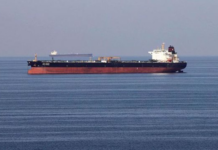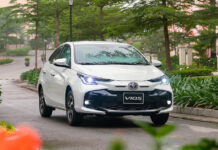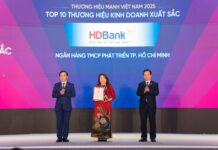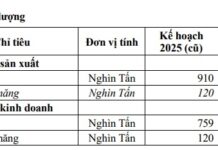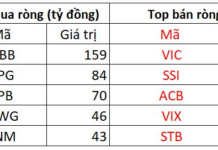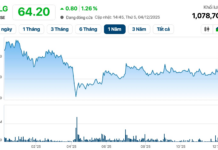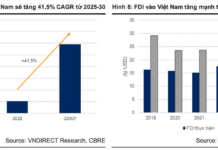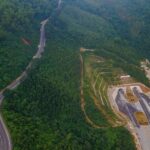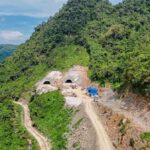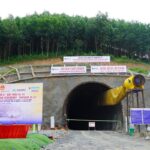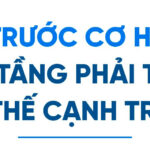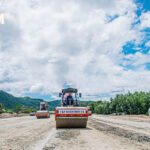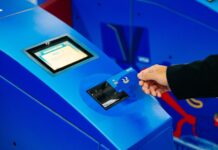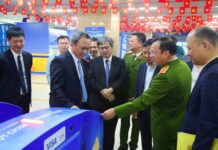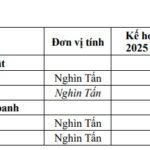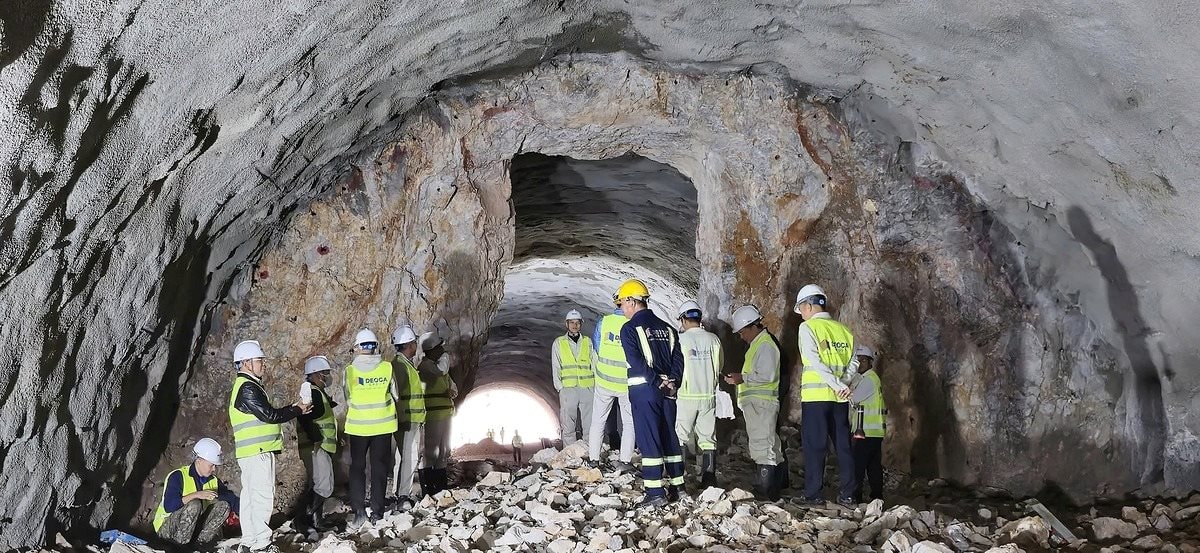
Engineers and workers inside the tunnel (Photo: Deo Ca Corporation)
On November 26th, Deo Ca Corporation announced the breakthrough of the right branch of Dong Khe Tunnel, part of the Dong Dang (Lang Son) – Tra Linh (Cao Bang) Expressway project. This is the first tunnel to be completed on the entire expressway, three months ahead of schedule.
Deo Ca shared that the project investors, contractors, and a team of 1,091 personnel and 376 pieces of equipment worked tirelessly with 27 simultaneous construction sites, operating 24/7, with the goal of completing the expressway by 2025.
To break through the 493-meter right branch of Dong Khe Tunnel, the engineers and workers overcame geological challenges, achieving an average construction speed of 2.86 meters per day.
Mr. Pham Duy Hieu, Deputy General Director of Deo Ca Corporation and representative of the general contractor, shared that the left branch of the tunnel is expected to be completed by early December, marking another important milestone for the project.
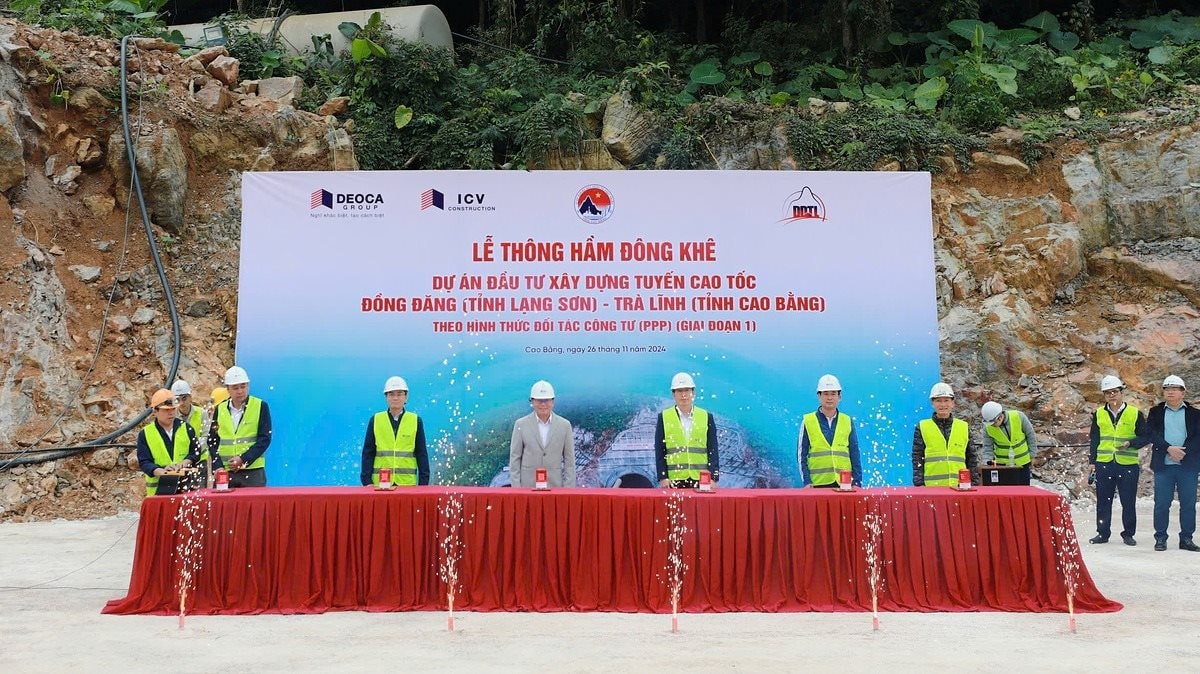
Breakthrough ceremony of Dong Khe Tunnel as part of the Dong Dang – Tra Linh Expressway project (Photo: Deo Ca Corporation)
The right branch of Dong Khe Tunnel is the first completed excavation and reinforcement work, marking a significant technical milestone for the project.
The corporation shared that immediately after this breakthrough, engineers and workers will proceed with the next steps, including foundation excavation, reinforcement, formwork installation for tunnel concrete pouring, and installation of ITS equipment. The entire Dong Khe and That Khe tunnel sections are expected to be substantially completed by June 2025, ensuring the project’s progress and quality.
Deo Ca Corporation shared that the breakthrough of the right branch of Dong Khe Tunnel was marked by three loud explosions. The staff and workers celebrated this moment, acknowledging their hard work and dedication.
The Dong Dang – Tra Linh Expressway project is a public-private partnership (PPP) investment with a total length of 121 kilometers. Construction began on January 1, 2024.
The project is divided into two phases, with a total investment of over VND 23,000 billion. The first phase involves the construction of over 93 kilometers, starting at the Tan Thanh Border Gate intersection in Van Lang District (Lang Son) and ending at the intersection with National Highway 3 in Chi Thao Commune, Quang Hoa District (Cao Bang). This phase includes the construction of two main tunnels.
The investors for the first phase are a joint venture between Deo Ca Corporation, ICV Vietnam Investment and Construction Joint Stock Company, Deo Ca Transport Infrastructure Investment Joint Stock Company, and 568 Construction Joint Stock Company. Deo Ca Corporation is the leading investor in this joint venture.
The second phase will involve the construction of the remaining 28 kilometers, from approximately Km 93+350 to Km 121+060, ending at the boundary of the Tra Linh Border Gate Economic Zone in Trùng Khánh District.
In 2024, the project is expected to achieve a total output of VND 1,010 billion and a total disbursement of VND 2,000 billion, laying the foundation for the determination to complete the expressway by 2025 and the entire project by the end of 2026.
Upon completion, the Dong Dang – Tra Linh Expressway will meet transportation needs, connecting Hanoi and the Red River Delta region with the northeastern mountainous provinces. It will boost local and regional socio-economic development and contribute to ensuring national defense and security.
The $173 Million Mountain Tunnel: A Testament to Vietnamese Engineering Excellence
In just 6 minutes, travelers can now journey through the Cu Mong Pass connecting the provinces of Binh Dinh and Phu Yen. This new road tunnel, measuring over 7km in length, offers a safer and significantly faster alternative to the treacherous mountain pass, which previously took up to 30 minutes to traverse.
“The Role of Private Sector Participation in Vietnam’s Infrastructure Projects on its Path to Becoming a Dragon Economy by 2045”
“At a time when ambitious development goals demand extensive resources, attracting private investment is crucial to alleviating the burden on the public sector. This strategy plays a pivotal role in addressing the pressing need for infrastructure investment, notably in transportation. By doing so, we can enhance the country’s economic competitiveness and improve the quality of life for its citizens.”


